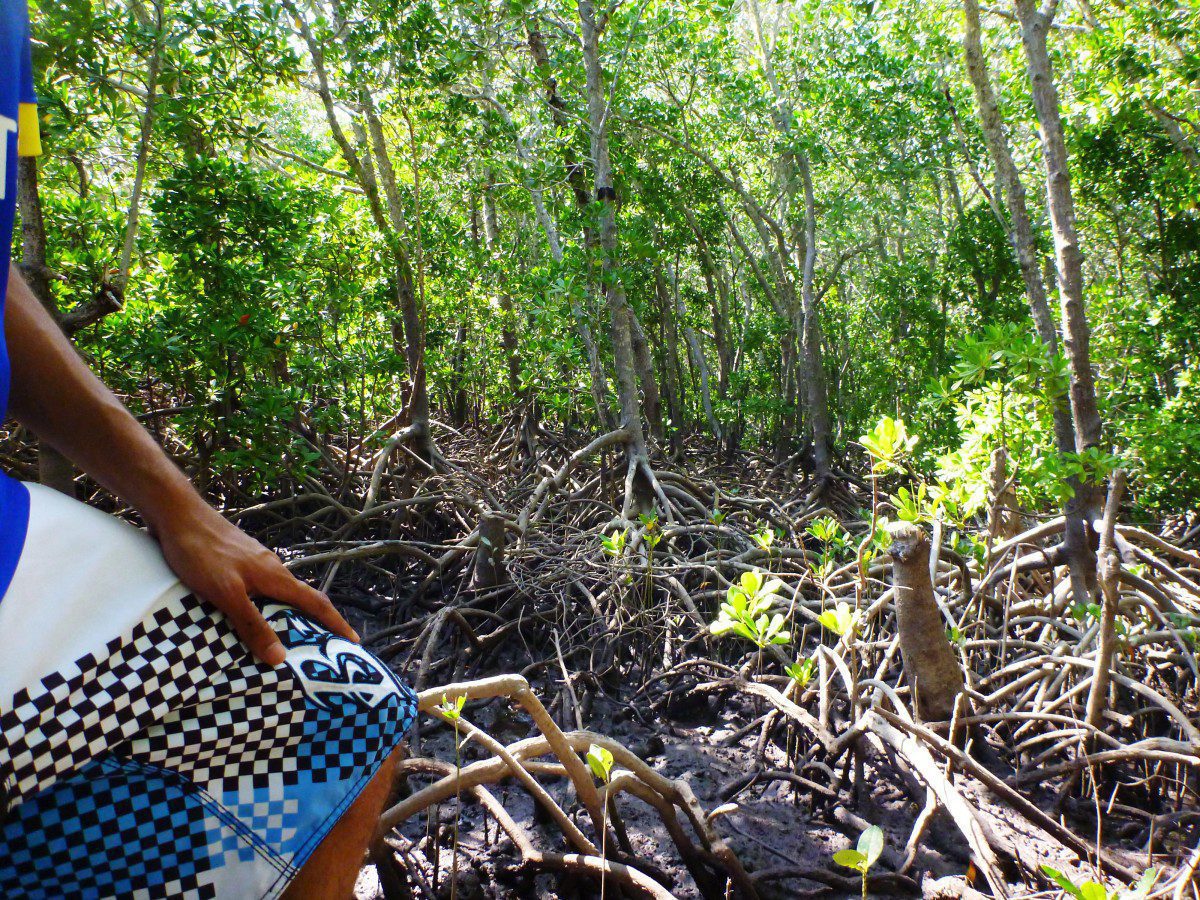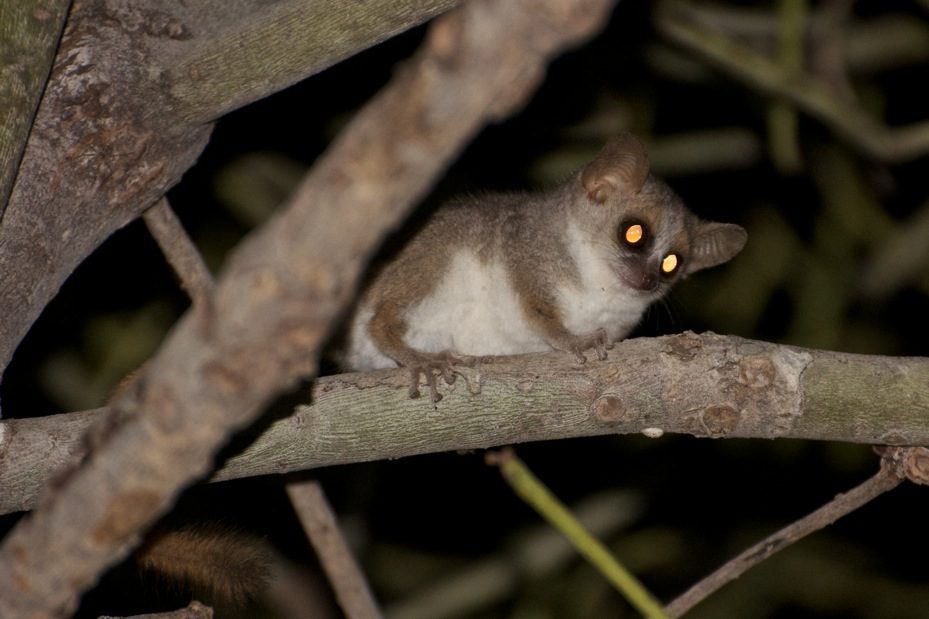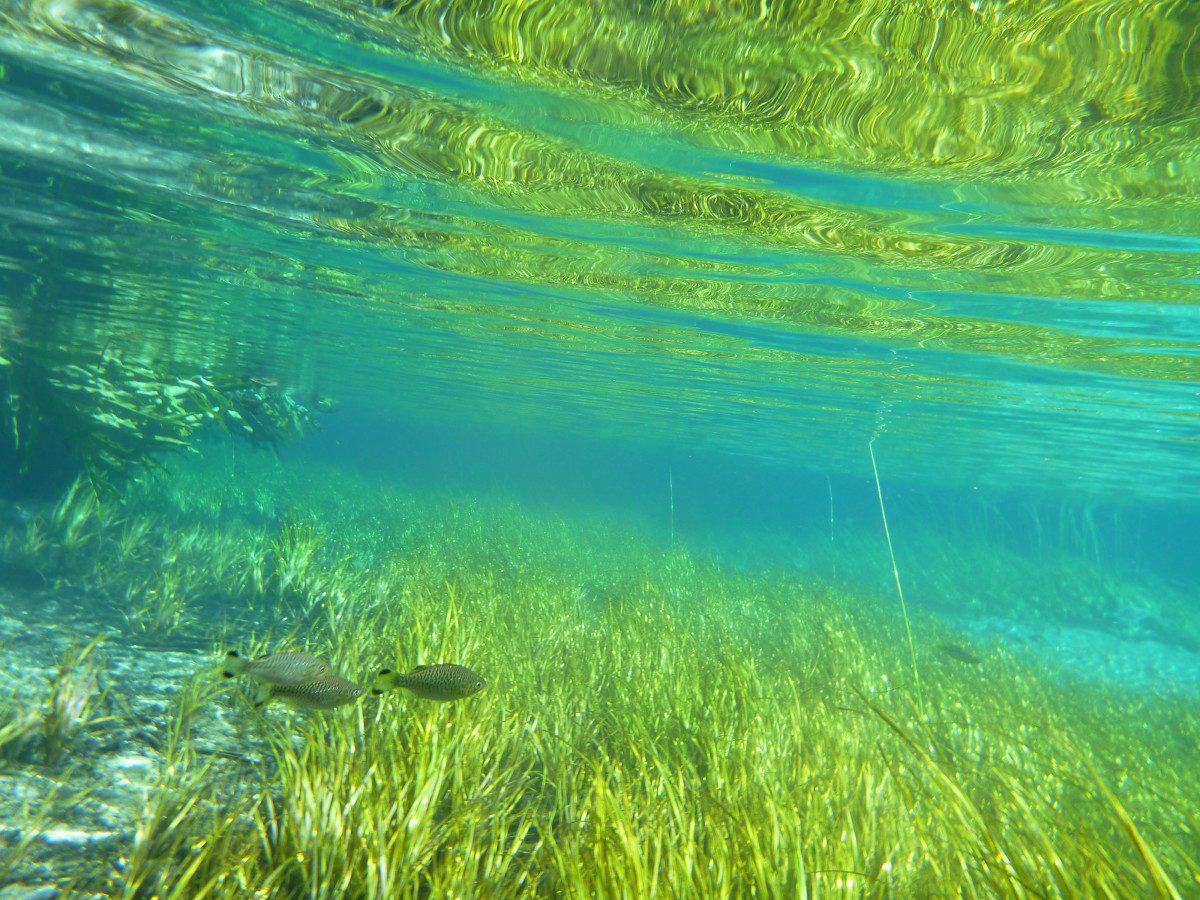by Samir Gandhi, Blue Forests Research Assistant, Madagascar
A lot has changed for me in 12 months, undoubtedly for the better. Just over a year ago I was stuck in a dead-end office job; now, I am working for Blue Ventures (BV) in Madagascar! I originally started working for BV in their London office a year ago as the internship component for my MSc in Environmental Monitoring, Modelling & Management at King’s College London. The work was fascinating, fulfilling and inspiring. I loved it and craved more. So in August 2012, I came to this mysterious, exotic land that many in the UK know of, but few really know about.
Madagascar is a truly unique location and my time here has been very enjoyable (apart from a brief spell of frantic dissertation writing with which BV was a fantastic help). I work with the Blue Forests team, whose expertise is in ‘blue carbon’. This refers to the vast reservoirs of carbon stored within coastal marine environments. Studies indicate that blue carbon habitats, such as mangroves, can sequester as much as five times more carbon than upland tropical forests. Despite this importance, in Madagascar, as in many other tropical countries, deforestation and degradation of mangrove forests releases carbon which has been built up over millennia into the atmosphere, and significantly contributes to man-made climate change. Through mangrove conservation, restoration and sustainable use, the Blue Forest’s team is working to secure carbon stocks, but also safeguard critical ecosystem goods and services, protect floral and faunal biodiversity and ultimately help secure the livelihoods of increasingly vulnerable coastal communities.

My first taste of mangrove forest. An incredible environment but not an easy one to traverse!
Working towards a brighter future for Madagascar’s mangroves is undoubtedly a long and complex process. Coastal Malagasy communities depend on mangroves for critical ecosystem goods and services. They provide food by supporting marine food chains, from shrimp to crocodiles; are a source of timber, which communities use to construct houses, boats and to produce charcoal (typically the only source of fuel available); and protect coasts from, erosion, flooding, cyclones and tsunamis.
While mangrove-dependent communities rely on the exploitation of mangroves for their day to day survival, the present unsustainable exploitation of mangroves will lead to the loss of these ecosystem services. If mangroves are to survive, resource exploitation must be managed in tandem with ensuring sustainable alternative livelihoods. The team is in the process of comprehensively identifying and cataloguing human interactions within several of the most threatened mangrove ecosystems to establish the drivers behind deforestation and degradation. This is an important process, as we can’t initiate change if we don’t know where the problems lie.

Sighting the increasingly rare mouse lemur (Microcebus murinus) during a night walk on a well-earned weekend trip away
My work makes use of Geographical Information Systems (GIS), a powerful suite of tools that enables mapping and analysing processes over space and time – in this case the long-term dynamics of mangrove habitats and the impact of both natural processes and anthropogenic activities. I explore a variety of relationships between various socioeconomic and biophysical variables with mangrove loss, from population and poverty to ocean salinity and tidal inundation.
Why do I spend so much time investigating these drivers of mangrove change? An accurate and detailed understanding of the historic and contemporary relationship between coastal communities and mangrove habitats, factoring in the impacts of natural processes, allows us to reliably predict future loss. We can establish where mangrove deforestation and degradation is likely to be greatest, and subsequently where associated carbon emissions will be the greatest. The potential for avoiding future emissions is greatest at these hotspots – so long as the predicted deforestation itself is avoided. Ultimately, these “avoided emissions” can be accurately quantified and monetized through mechanisms such as REDD+: Reducing Emissions from Deforestation and Forest Degradation plus other measures to restore, enhance and conserve forest stocks. The appeal of REDD+ lies in its integrated nature: climate regulation, sustainable development and climate change adaptation all at once. All three are hugely topical issues, particularly in the developing world.

My underwater camera has been a great investment. I took this at an incredibly clear river creek during a weekend trip, it turned out to be a winning photograph in a recent university photography competition!
REDD+ potentially offers a much-needed solution for many tropical coastal communities, and the Blue Forests team is exploring its feasibility for and applicability to the mangrove forests of Madagascar. Applying REDD+ to mangrove forests is relatively unexplored territory in the world of conservation and as such I’m thrilled to be part of BV’s Blue Forests team.
In addition to the Blue Forests team, I am working with other top marine and development scientists, and of course a worldwide TV star who recently debuted on The Indian Ocean with Simon Reeve, a fantastic BBC documentary that was partly responsible for getting me out here! Madagascar is certainly everything I hoped for but much, much more. Sometimes I have to pinch myself – who knew a job could be this rewarding…

